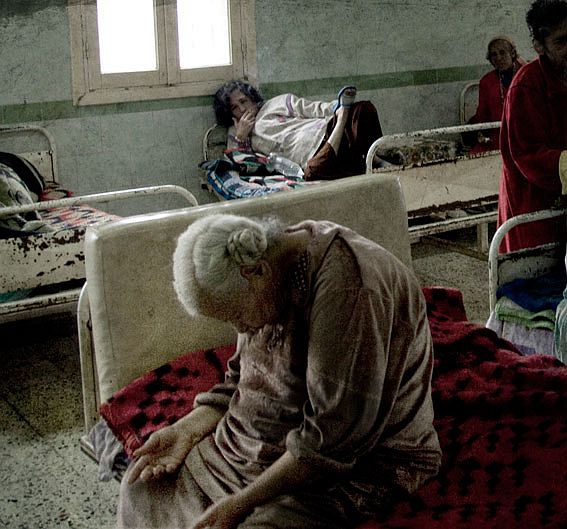
NERMINE HAMMAM
Nermine Hammam (b. 1967).











Two Pharaonic statues uncovered by archaeologists in Cairo

Archaeologists have found two Pharaonic statues dating back more than 3,000 years in a muddy pit in a Cairo suburb.
The statues, discovered on Thursday on wasteland between crumbling apartment blocks, are thought to represent pharaohs from the 19th dynasty, which ruled from 1314 to 1200 BCE.
Full article HERE.




MAX SLEVOGT
Max Slevogt (1868-1932).











THE SPHINX OF GIZA
NUBIA

Nubia is a region along the Nile river located in what is today northern Sudan and southern Egypt. It was one of the earliest civilizations of ancient Africa, with a history that can be traced from at least 2000 B.C.

Nubia was home to some of Africa’s earliest kingdoms. Known for rich deposits of gold, Nubia was also the gateway through which luxury products like incense, ivory, and ebony traveled from their source in sub-Saharan Africa to the civilizations of Egypt and the Mediterranean. Archers of exceptional skill provided the military strength for Nubian rulers. Kings of Nubia ultimately conquered and ruled Egypt for about a century. Monuments still stand—in modern Egypt and Sudan—at the sites where Nubian rulers built cities, temples, and royal pyramids.








Note: (There of those pyramids are reconstruted).
FÉLIX ZIEM
Félix Ziem (1821-1911).










OLD EGYPT – PYRAMIDS
Giza

Saqqara

Meidum

Bent

Dahshur

Sahure

FRANCIS FRITH
Francis Frith (1822-1898).










MAXIME DU CAMP
Maxime Du Camp (1822-1894).









FÉLIX BONFILS
Félix Bonfils (1831-1885).













TEMPLE OF HATHOR
in Dendera, Egypt.







SPHINX

JOHN BEASLY GREENE
John Beasly Greene (1832-1856).









BASTET

Her name was originally B’sst which became Ubaste, then Bast, then Bastet; the meaning of this name is not known or, at least, not universally agreed upon.
Bastet is the Egyptian goddess of the home, domesticity, women’s secrets, cats, fertility, and childbirth. She protected the home from evil spirits and disease, especially diseases associated with women and children. She also played a role in the afterlife as a guide and helper to the dead.






